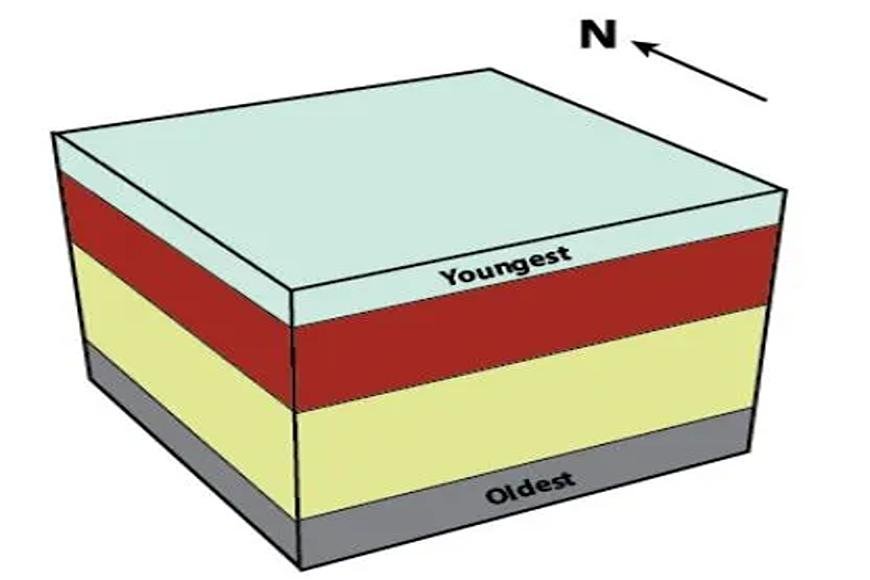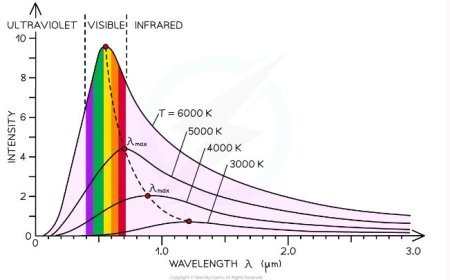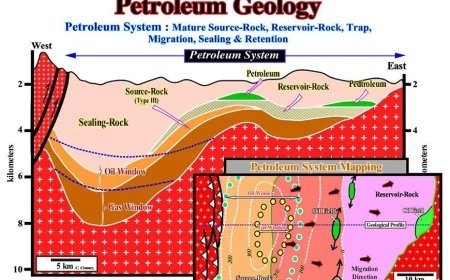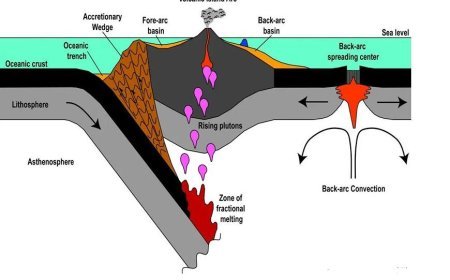STRUCTURAL GEOLOGY
Structural geology decodes rock formations and reveals the forces that shaped them.

Structural Geology
- Under the field of geology, it looks into how rocks and mountains got their shape.
- Structural geologists can figure out the history of distortion and use the readings to learn about what happened in the past.
- Geologists are interested in the stress forces that make rocks form the way they do.
- Knowing about the stress fields can help connect important events from the past to how an area has evolved. Plate tectonics causes large-scale rock patterns and deformations on surfaces like mountains, rifts, and more.
- Structural geology helps us figure out what these are.
Importance of Structural Geology
- It is a branch of geology where geologists study natural geological events.
- It's interesting to see how much stress the rocks were under when they were being made.
- The deformations can show the angles and locations of stress, which lets you figure out how strong the pressure is.
- Structural geologists study how rocks look, how things form, and how they can be used to come to many conclusions.
- From a business point of view, structural geology is very important for knowing how rocks form. It can help us look for trends and find the geological features that hold pockets of important minerals and other resources like oil.
Role of the Structural Geologist
- After a natural event causes an accident, structural geologists are called to figure out what went wrong so that it doesn't happen again and save lives and property.
- Structural geologists can figure out how dangerous sinkholes, earthquakes, and other natural features are to people and businesses.
Fundamentals of Structural Geology
- The past of the earth is also linked to structural geology. In this way, structural geology and tectonics are connected.
- Plate tectonics is a branch of structural geology that looks at how rocks change shape over time to show how the earth's crust moves.
- Structural geologists can find links between similar rock forms and look into what the Earth was like at different times in natural history.
- They learn about the shapes the earth has taken and the processes that are still going on, like how mountains are made.It can happen outside with scientists.
- They can go to the spot to look at the creation, whether it is economically important or not. It can be taken back to the lab to be looked at.
- These people are professionals who can do a wide range of tasks using a variety of tools, such as computers to do complicated math, spectrometers to find out what minerals are in a certain field, and overhead photography to get a big picture of the area.
- As geology is very big, it's important to be able to see the big picture in order to fully understand how geological processes work in a certain part of the world.
Applied Subsurface Geological Mapping
- Subsurface rock maps are very important for finding the places where oil comes from.
- A lot of people use these papers to look for gems and dig them up.
- Geologists and engineers can read and make a lot of different kinds of underground maps quickly and easily.
- It is very important to understand how reserves grow in 4D, both during the research phase and the development phase.
- Subsurface maps are very important for exploring for oil, gas, and new resources. It doesn't have to be based on earthquakes.
- These kinds of maps can help people with a lot of knowledge find amazing new things.
- Experts need to look at how rock surfaces are built and figure out what the fault line, structure shape, thickness, and other things mean.
- They can understand how the cross-sections and combined maps work together to make data presentations.
- Explorators and development geoscientists who are good at their jobs use these mapping methods to get more detailed results.
- Geological mapping below the ground uses a lot of different mapping methods, examples, and compressional tectonic settings that are very important.
What's Your Reaction?



































